Seven of the most unusual weapons of the Second World War
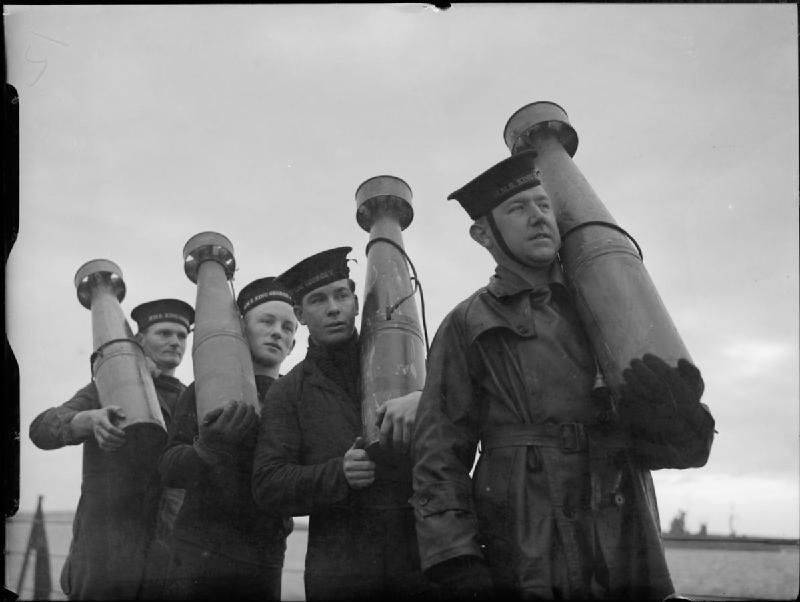
Nobody argues, war is a terrible evil. They take thousands and millions of human lives and carry tremendous grief to the survivors. On the other hand, wars give impetus to the development of industry. The most graphic example is the United States, which, thanks to World War II, very quickly and fairly painlessly overcame the consequences of the Great Depression and became the first power of the planet.
Wars also give a powerful impetus to the development of everything that is somehow connected with military affairs. During the war years, scientists were intensively developing new medicines, communications, transportation, etc. etc.
Naturally, the military industrial complex, which not only increases the production of all types of weapons, ammunition and equipment, but also feverishly develops new types, receives the strongest push. weapons and technology.
Often come across among the developments and inventions and quite strange. The following is far from complete, of course, a list of the most unusual weapons invented during the Second World War.
1. Cannon firing missiles from ships
With the advent of aviation it was enemy planes that became the main enemy of the naval fleet. To protect against enemy aircraft in the UK, rocket launchers were invented that were installed on the decks of ships. They fired special missiles. Rising to a height of 300 meters, the rockets exploded. The mines inside the parachutes scattered in different directions.
The idea was to create a kind of air minefield over the ship. Parachutes fastened on cables up to 120 meters, which further complicated the work of enemy pilots.
The idea looked quite logical, but the novelty was ineffective. Mines, parachutes and cables were visible from afar. Therefore, the pilots without any problems avoided the air minefields from below or above. In addition, the mines were completely at the mercy of the wind, which could carry them back to the ships.
Anti-aircraft rocket launchers have not shot down a single German aircraft. On the British ships, they made a lot of fires and claimed the lives of several dozen people.
2. Demolition Dogs
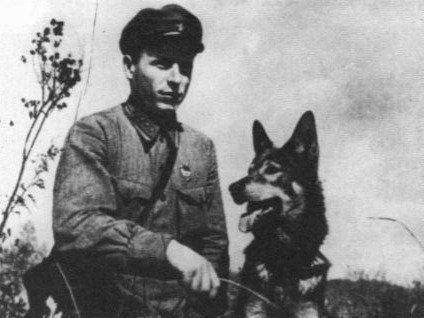
In the USSR, they began to train demolition dogs back in the 1924 year, but the four-legged miners, on which they hung explosives, were widely used during the Second World War.
Dogs were used mainly against tanks. They were taught to pull the detonator with their teeth when they were under the tank. This "live" weapon proved to be more effective than ship missile launchers. Dogs blew up at least 300 German tanks, but they were too distracted during the assignment, and they often returned to those who prepared them.
3. Bats - bombers
This original type of weapon was coined in the USA for operations against Japan. The idea to use bats as bombers armed with incendiary bombs came to mind ... to the dentist Lytle S. Adams.
Bats seemed like the perfect weapon. Firstly, a lot of them. Secondly, they are able to carry the load much more than their weight. Thirdly, while hibernating, bats do not require food and care. And finally, fourth, they fly at night and sleep during the day.
Mice were supposed to be dumped into Japanese cities in containers. They consisted of 26 shelves, each of which housed mini containers with 40 mice. Flying rodents were armed with 17- and 28-gram napalm bombs. The containers were to be dropped at dawn on parachutes from a height of 1500 m. At a height of 300 m above the ground, they opened up, and the bats flew in all directions. They settled for the night in attics and roofs, after which the timers worked and the bombs caught fire.
The tests were successful, but in the summer of 1944, when it became clear that it would be possible to use combat bats no earlier than the summer of 45, the command closed the project. Preference was given to the atomic bomb, the work on which was much faster.
4. The biggest cannon
Before the invasion of France, Adolf Hitler demanded that the German military and engineers create a new super-tool. It should have easily penetrated the most powerful fortifications of the Maginot defensive line, the only serious obstacle separating Germany from Western Europe.
As a result, a supergun was created at the factories of the steelmaking company Friedrich Krupp AG, even with the name Gustav gun. Tall "Gustav" was a four-story house. In length, it had 50 meters, and the length of the gun itself was almost 27 meters. Weighed 1350 super bluff tons and fired 4,5 tons of shells!
The gigantic dimensions of the gun, the main source of his power, were also the main disadvantage. Due to the size it could only be transported by rail. Due to its size, Gustav was also an easy target for Allied aviation. Less than a year later, the supergun creation project was closed.
5. V-3 cannon
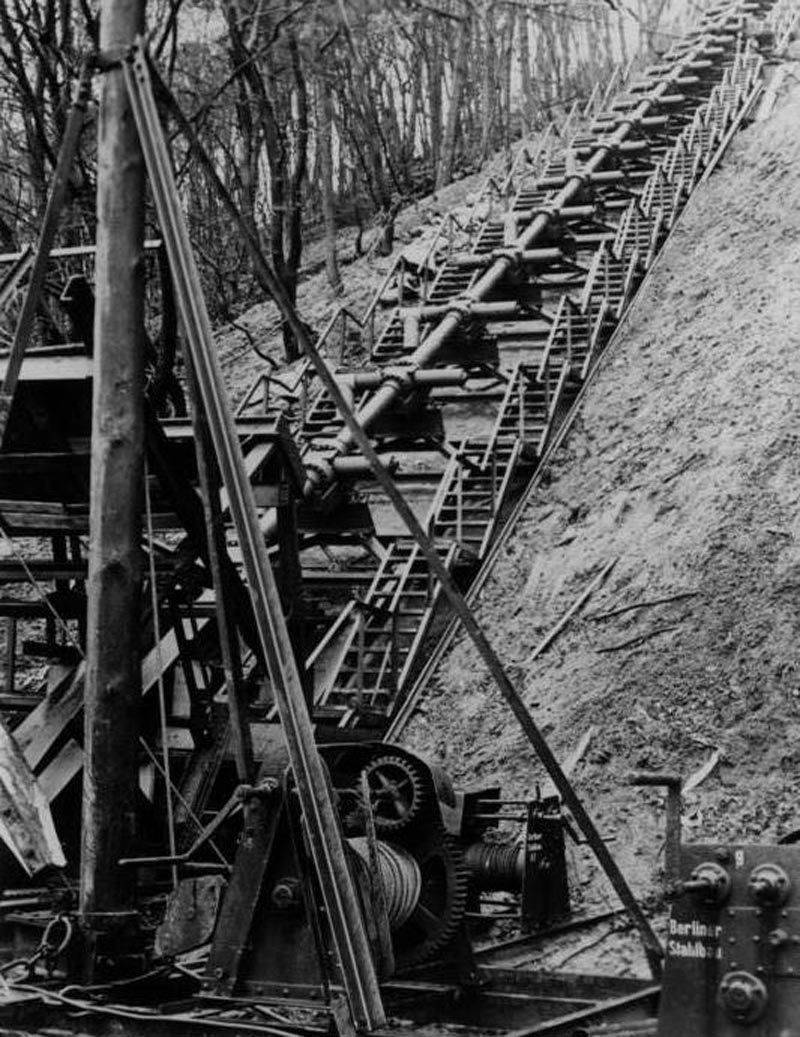
The multichamber artillery gun was also known as the “centipede”, “hardworking Lishen” and “English cannon”. The gun was developed in the summer of 1944, and was intended for shooting hourly with volleys of 300 projectiles in the form of darts 2,7 meter long. The gun had a length of 125 meters and theoretically, at least, could get London from the French village of Mimoyek, located 8 kilometers from the English Channel. However, the first tests showed that the velocity of the projectile reached only 1 km / s, i.e. was half the speed needed to overcome the 160 km separating Mimeek from London.
Hitler ordered to make X-NUMX V-50, but the Allies had time to bomb the prototype of the gun, which was hidden in haystacks, even before V-3 was put into production.
As a result, only two reduced (45 meters in length) versions of Fow-3 were made. Of these, only a few volleys were made. Since no information on the results of the shooting has been preserved, it can be argued that they were not the most successful.
6. Mini tanks
Devices similar to small tanks were controlled using a remote control and used to detonate enemy tanks. Despite the name Goliath of the biblical giant, they were not the same size in the first place. The minitank was first connected with a cable with a length of 650 meters. "Goliath" was able to carry approx. 50 kg of explosives. Minitanks climbed under the allied tanks and blew them up. When it turned out that the most vulnerable point was a cable that can be cut, mini-tanks were created, controlled by a radio signal.
Judging by the number of “Goliath” minitanks - 7,5 thousand units, their actions by the German command were sufficient.
7. Army of ghosts
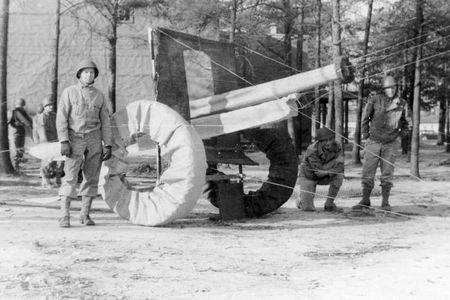
The world-famous fashion designer and designer Bill Blass fought during the Second World War in the Army of Ghosts. Together with his colleagues, such as representatives of creative professions, he made camouflage and led enemies by the nose with the help of inflatable tanks and guns, fake airplanes, fake command posts, thunder sound effects and much more.
"Ghosts" for several days gave a "view" on the field of some battle or next to it, after which they collected all inventory and details and moved to another place. In less than a year, they performed 17-like operations, making 17 inflatable tanks, trucks and artillery pieces that were almost impossible to distinguish at a distance from this technology. They were made on the basis of the frame of the pipes, through which a simple compressor supplied air. To give them greater similarity, the soldiers covered the frames with rubberized tarpaulin. ”
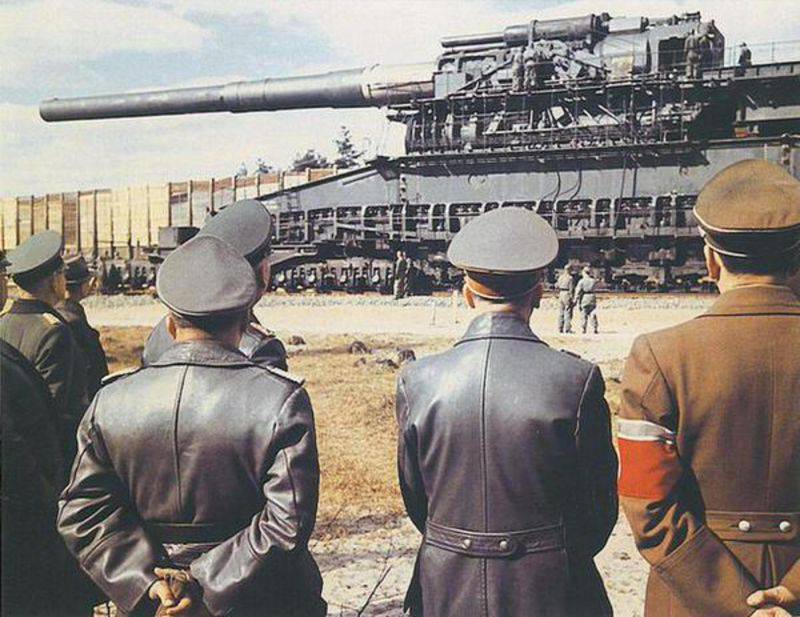
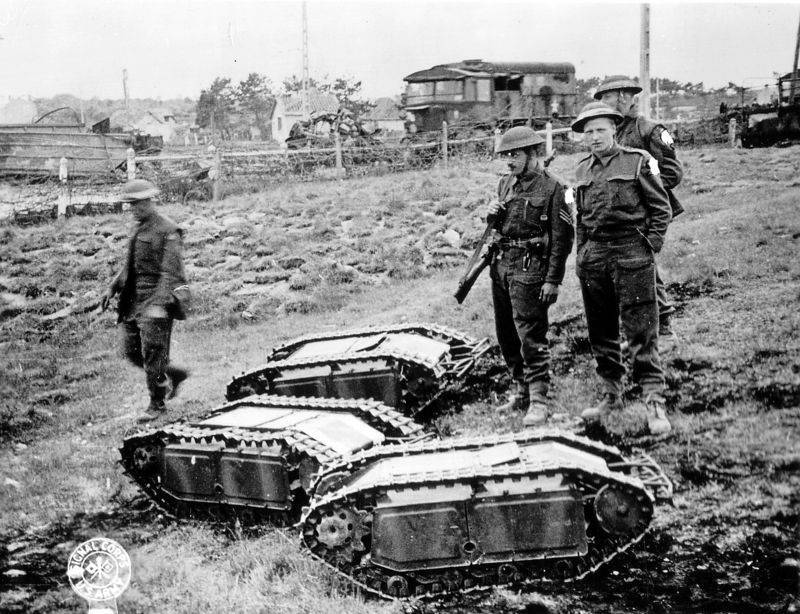
Information